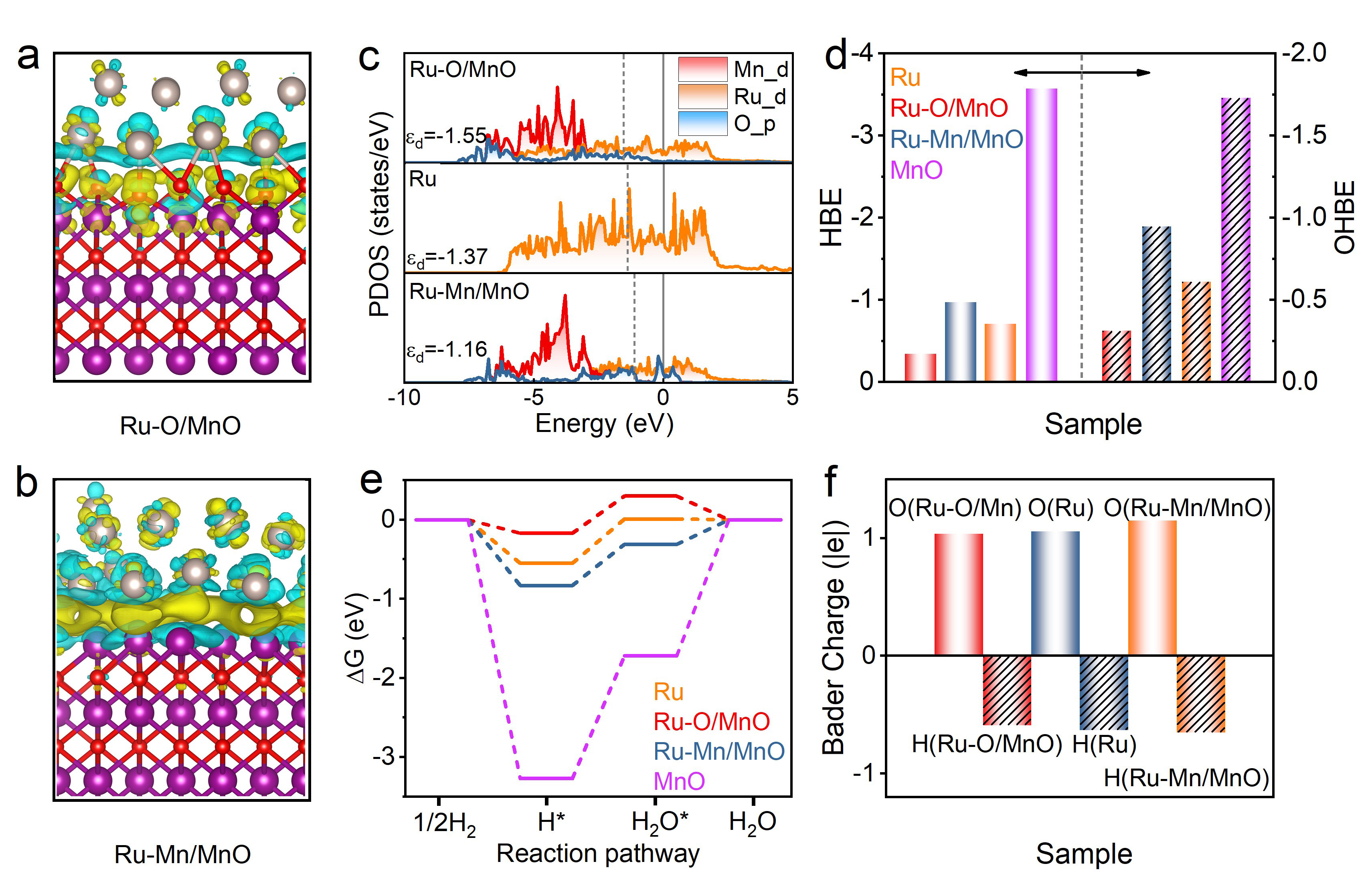2025-04-30 オックスフォード大学

Wheat ears and grains (left panel), and sorghum panicles (right panel) showing the yield increase caused by applications of the novel trehalose 6-phosphate-based biostimulant. Image credit: Rothamsted.
<関連情報>
- https://www.ox.ac.uk/news/2025-04-30-new-biostimulant-treatment-significantly-boosts-wheat-yields-field-studies-confirm
- https://www.nature.com/articles/s41587-025-02611-1
膜透過性トレハロース6リン酸前駆物質の散布により、圃場試験で小麦の収穫量が増加 Membrane-permeable trehalose 6-phosphate precursor spray increases wheat yields in field trials
Cara A. Griffiths,Xiaochao Xue,Javier A. Miret,Fernando Salvagiotti,Liana G. Acevedo-Siaca,Jacinta Gimeno,Matthew P. Reynolds,Kirsty L. Hassall,Kirstie Halsey,Swati Puranik,Maria Oszvald,Smita Kurup,Benjamin G. Davis & Matthew J. Paul
Nature Biotechnology Published:29 April 2025
DOI:https://doi.org/10.1038/s41587-025-02611-1
Abstract
Trehalose 6-phosphate (T6P) is an endogenous sugar signal in plants that promotes growth, yet it cannot be introduced directly into crops or fully genetically controlled. Here we show that wheat yields were improved using a timed microdose of a plant-permeable, sunlight-activated T6P signaling precursor, DMNB-T6P, under a variety of agricultural conditions. Under both well-watered and water-stressed conditions over 4 years, DMNB-T6P stimulated yield of three elite varieties. Yield increases were an order of magnitude larger than average annual genetic gains of breeding programs and occurred without additional water or fertilizer. Mechanistic analyses reveal that these benefits arise from increased CO2 fixation and linear electron flow (‘source’) as well as from increased starchy endosperm volume, enhanced grain sieve tube development and upregulation of genes for starch, amino acid and protein synthesis (‘sink’). These data demonstrate a step-change, scalable technology with net benefit to the environment that could provide sustainable yield improvements of diverse staple cereal crops.


